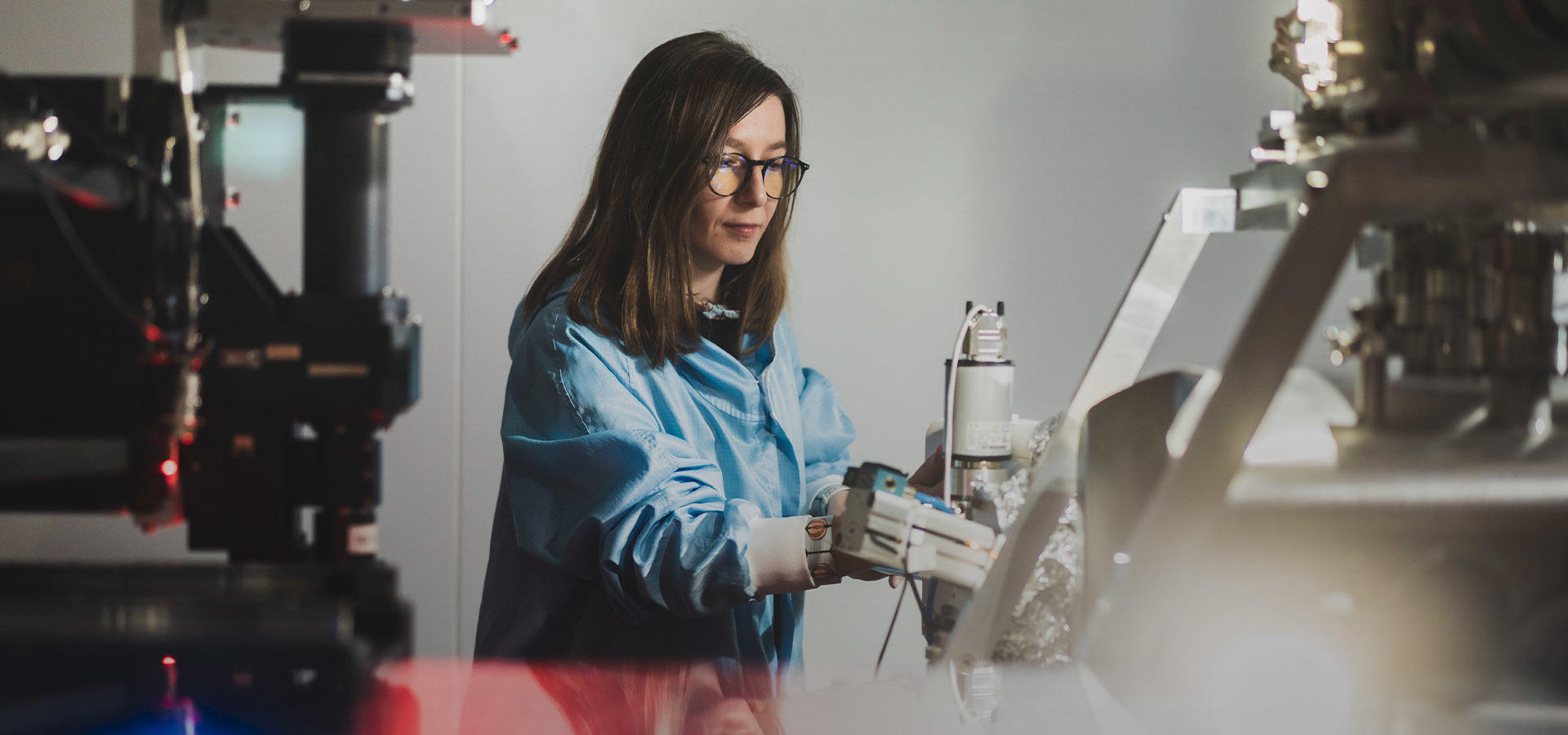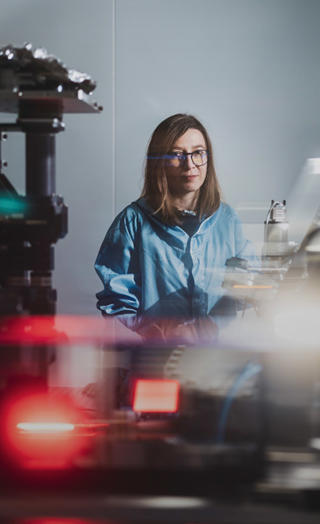Our brain is fascinating, but we still have a very basic idea of how it works. Learning more about it would open doors to a better understanding of neurological diseases, evolution in Artificial Intelligence, and development of energy saving computing architectures.
Until now, we could only explore neural circuits in minuscule regions of the brain, smaller than the size of a poppy seed. This is equivalent to living in a little village disconnected from the rest of the world. The Extremely Brilliant Source at the ESRF and the capabilities of the nano imaging beamline are bringing about a revolution in the field of connectomics.
My story is one of serendipity and opportunities for novel research. I started at the ESRF as a postdoctoral researcher at the time when we were building the endstation of the nano imaging beamline ID16A. I had to get to grips with all the technical aspects of building a unique nanoscope, so when my time at the ESRF was up, I had a good knowledge of the instrument and its potential in research applications.
I had the chance to meet and discuss extensively with world leading neuroscientists who were developing volume electron microscopy to image the brain, but were struggling to scale up the technology. I saw clearly that X-ray nanotomography could make wonders to answer their questions. I wrote the European Research Council (ERC) grant application and went to Harvard Medical School in the US and the Francis Crick Institute in the UK for the following year to work closely with neuroscientists.
The ERC is open to funding projects that are high-risk but also high-gain. In my case, no one had used X-ray tomography to study neural circuits before, it was all very new and there was the possibility that it was not going to work. Three years down the line, we have succeeded to push forward frontiers of resolution and scalability. Introducing X-ray microscopy in the field of connectomics came with some challenges: I had to break the ice and make myself known and accepted in the community. Luckily, the scientists in this field are open to unconventional technology and are now increasingly interested in the capabilities of synchrotron X-ray imaging and contributing to further developments.
I have moved from being a postdoc focused on my own research to being responsible of managing a large project and a group of people. It has been quite a ride, especially at the beginning, as my project started the week before we went into lockdown due to COVID-19. Today I can say that I have learned and grown a lot, I have a better understanding of all the stakes in the field and a better vision of what still needs to be developed. It is very rewarding to see that the new approach I set to develop for exploring neural circuits is flourishing. And that is what being a scientist is about.
BRILLIANCE – Grant No 852455
Bright, coherent and focused light to resolve neuronal circuits

